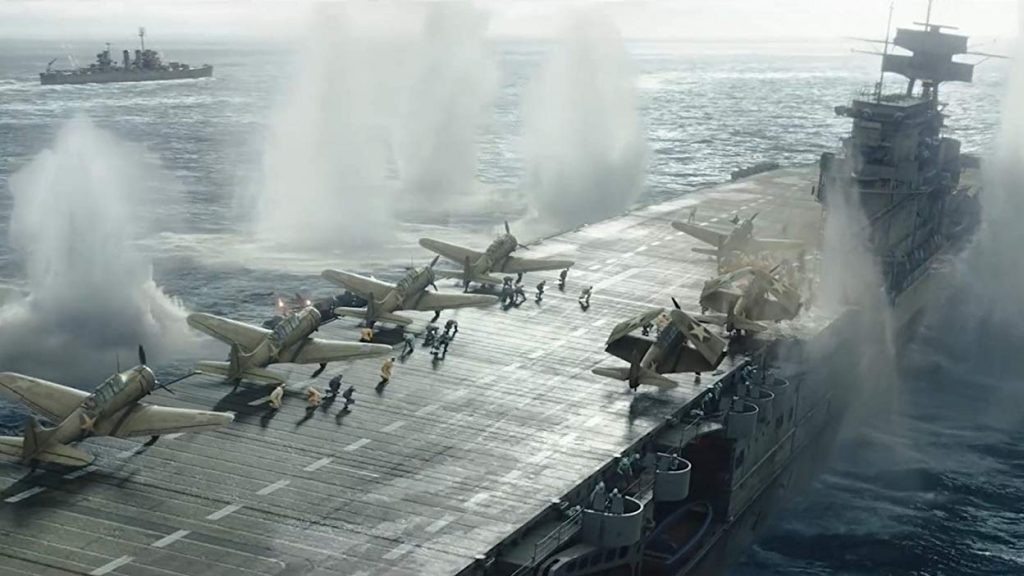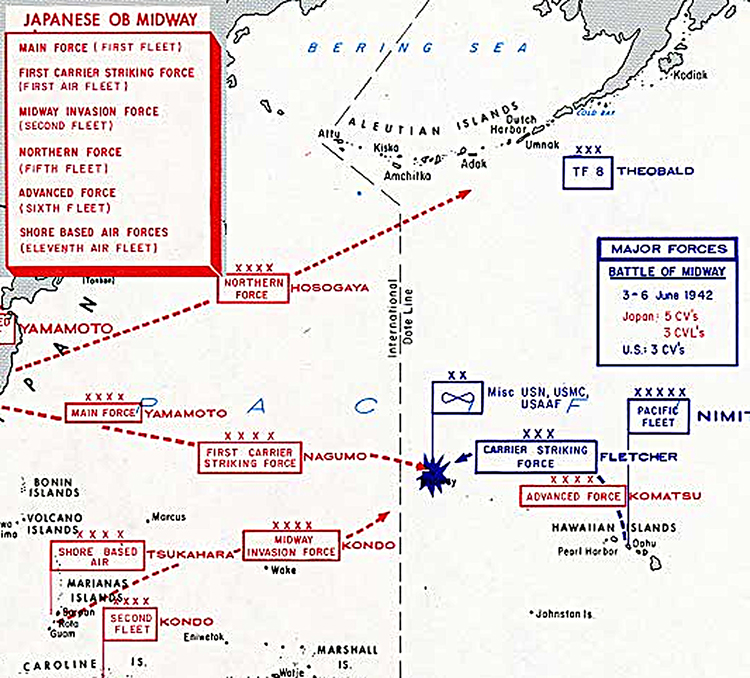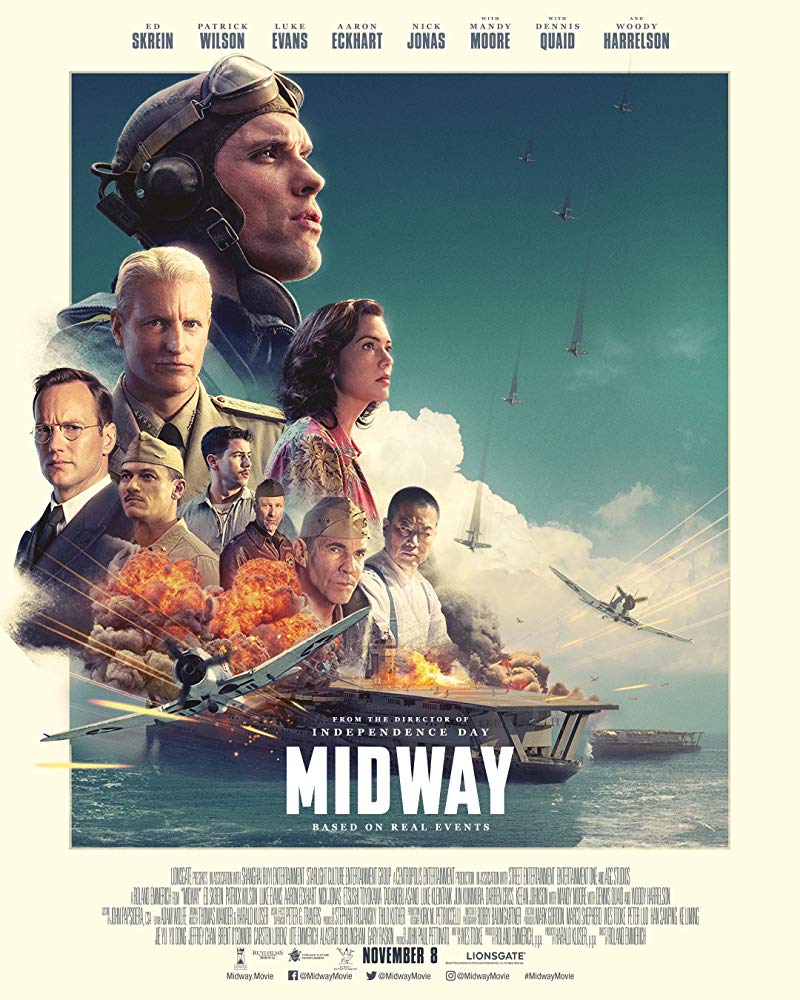
Fueled by a strong ensemble cast but told largely through the perspective of two Naval officers, SBD Dauntless dive bomber pilot Lieutenant Richard “Dick” Best (Ed Skrein) and the leader of the code-breaking efforts, key intelligence officer Lieutenant Commander Edwin Layton (Patrick Wilson), Director Roland Emmerich’s “Midway” serves as a cinematic documentary, recounting with great historical accuracy the bombing of Pearl Harbor and subsequent United States military action leading up to the titular Battle of Midway in June 1942. Emmerich is best known for his disaster films, big-budget blockbusters that often feature effects-heavy destruction on a massive scale, and “Midway” presents ample opportunities for that. The attack on Pearl Harbor, Doolittle Raid, and the Battle of Midway itself portray air warfare and naval combat in World War II like no other film has. While the CGI can at times feel a bit overwhelming with burning ships and a sky full of heavy artillery tracer fire, the numerous sequences of dive-bombing runs are among the most exhilarating, jaw-dropping, and enlightening aerial combat ever put on screen.
The extremely well-executed battle sequences of the film are engaging and memorable, but what makes “Midway” special is Emmerich’s dedication to getting history right. Written by Navy veteran Wes Tooke and with advisement from historians of the Naval History and Heritage Command, “Midway” includes very little Hollywood embellishment. Many of the heroic events depicted may seem unlikely or even impossible, but the courageous actions and sacrifice on display are very real (go and read the actual award citations if you have doubts) and indicative of the extreme efforts required for the United States to emerge victoriously and prevent the Japanese invasion of Midway despite a fleet that was vastly outnumbered and expected to lose. Also, part of the focus on historical accuracy was the choice to look at what motivated Admiral Yamamoto and Japan’s entry into the war and remind audiences that the horrors of battle are not only inflicted on the side they support but those of the opposing one as well.
The film’s focus on the human stories of those who lived on both sides of this conflict is at times rousing and at others heartbreaking. There is some bumpy dialogue from its first-time screenwriter, but the character development provides enough depth to inspire, and thankfully “Midway” never gets distracted by romantic or inconsequential subplots. If there is one major fault it may be that Emmerich moves too quickly, resulting in frequently abrupt scene transitions. Another 30-40 minutes of time spent with these brave souls, further expounding on the brilliant strategy battles between the two superpowers, and allowing for a smoother progression of time between major events would have been a welcome addition.
It’s great news, though, that my biggest complaint about the film is that I wish there was more of it. “Midway” was everything I wanted it to be – a thorough and satisfying look at the events of this World War II conflict, a chance to get to know the heroic people involved, and an amazing cinematic depiction of naval and aerial combat of the time period. “Midway” is truly a war epic updated for a modern audience and sets a new standard for the marriage of U.S. Navy history and spectacle on the big screen.
Rating:


Aaron White is a Seattle-based film critic and co-creator/co-host of the Feelin’ Film Podcast. He is also a member of the Seattle Film Critics Society. He writes reviews with a focus on the emotional experience he has with a film. Follow him on Facebook and Twitter to be notified when new content is posted.

